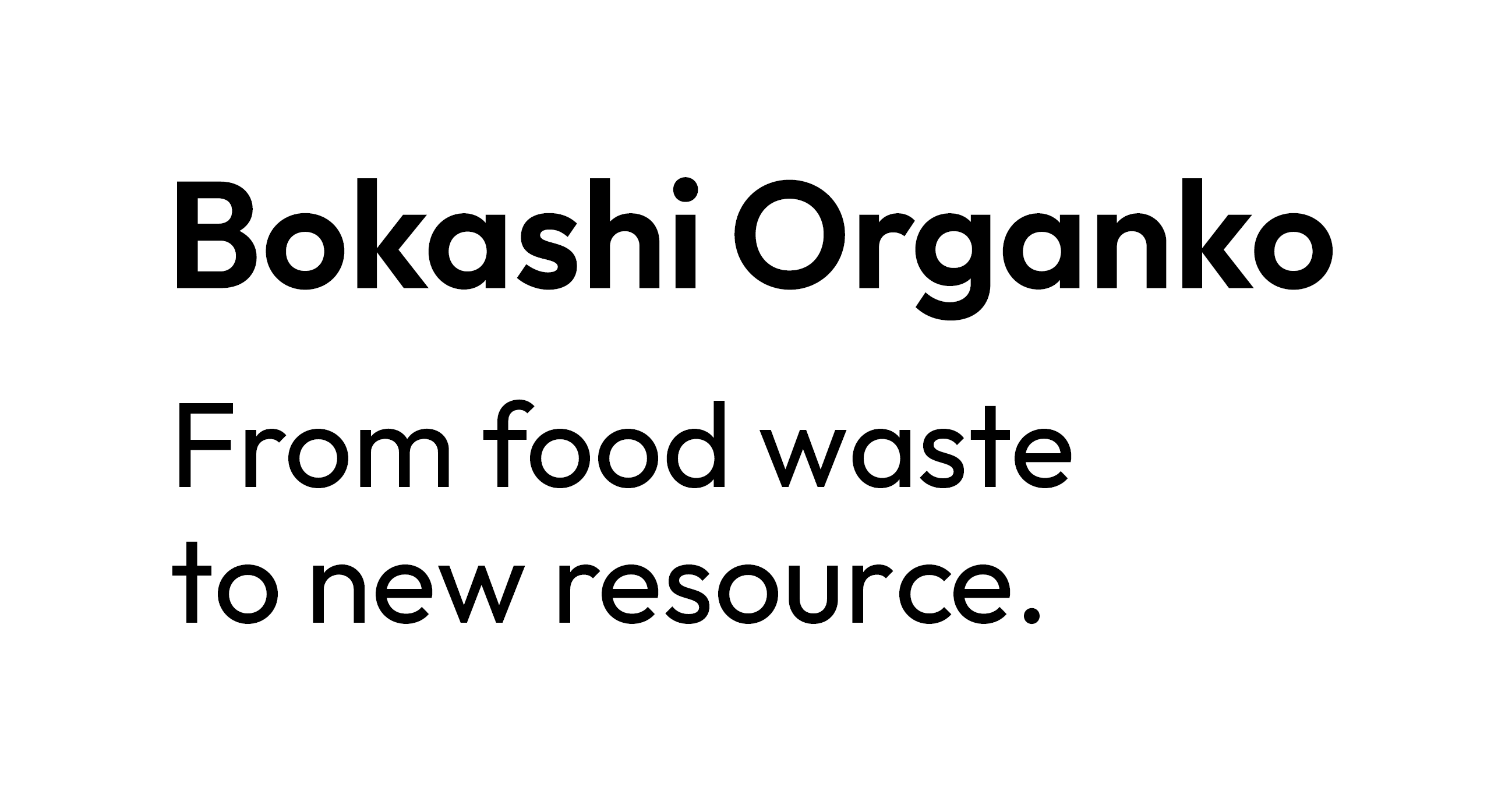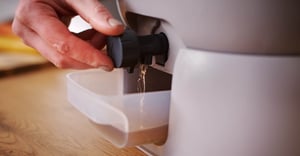If you know a thing or two about bokashi composting, you know that it produces bokashi cake as a main product and bokashi liquid as a side product. And, while the first one is a pre-compost fermented mass, the latter may be used for cleaning drains, fertilizing plants, and also as a homemade weed killer. Moreover, the bokashi liquid is actually the best and the most effective natural way to get rid of the weed. When used properly it offers an impressive combination of efficiency and zero negative effects on the environment. So, let’s dig a little deeper into this natural homemade weed killer, shall we?
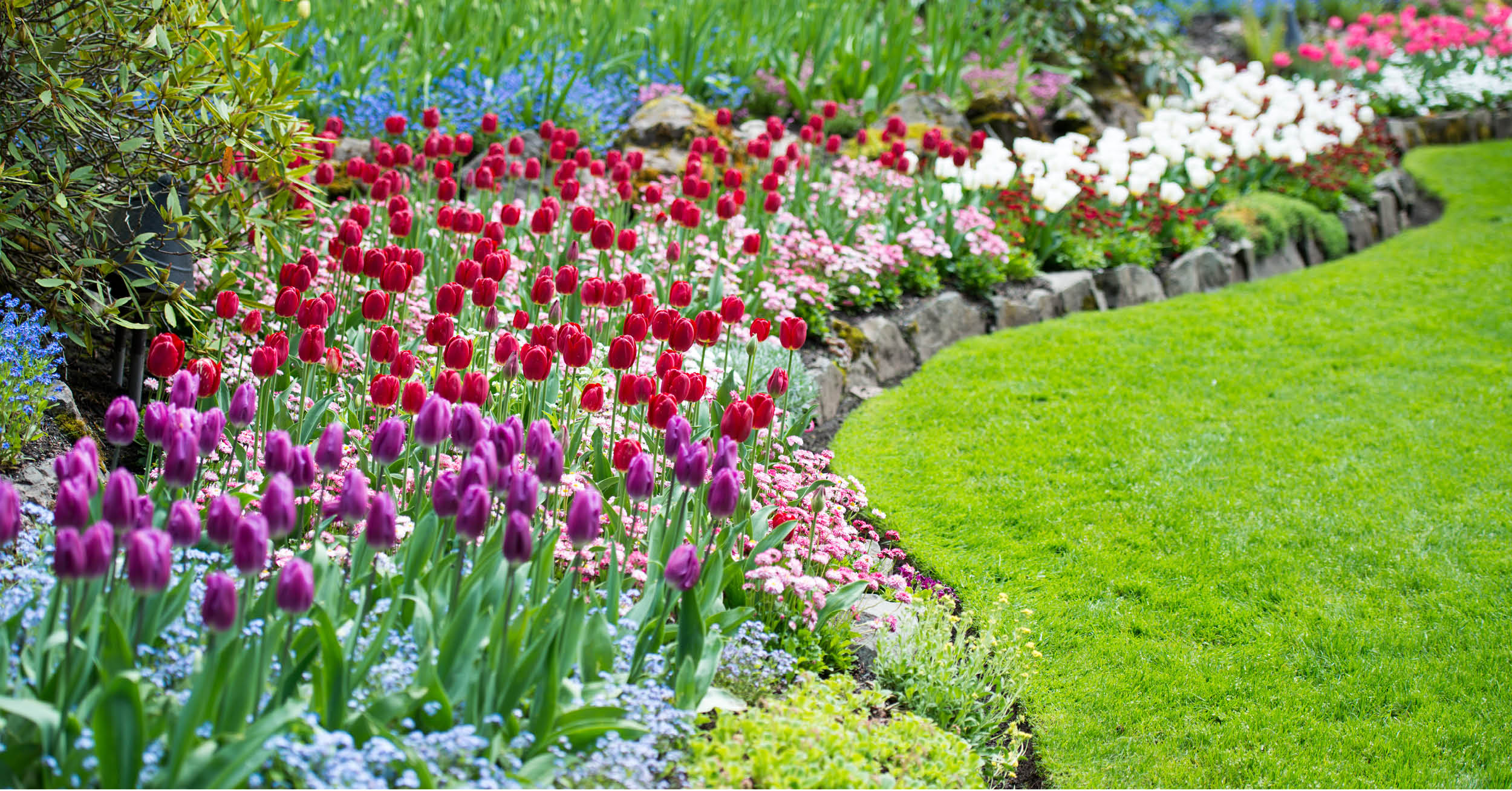
Meet the best homemade weed killer - bokashi juice
This homemade weed killer goes by many names. Bokashi tea, bokashi leachate, bokashi juice, bokashi fertilizer, and bokashi liquid are the most common ones. Whichever terminology you decide to use, you need to know that this liquid is an important side-product of the bokashi fermentation. Officially it is known as a fermentation liquid.
Moreover, as you may already know, bokashi composting takes place in airtight conditions and a highly acidic environment. Actually, there are several different factors affecting the composting process. Furthermore, when proper conditions are ensured, special kinds of beneficial microorganisms, also known as effective microorganisms (EM), thrive and feast on organic waste. As such, it’s EM that get the job of decomposition done.
In addition, you also know that water is an important part of organic material. Hence, you can expect greater quantities of bokashi juice when you put more veggies and fruits in your bokashi bin. However, the greater amount of water can also mean that the liquid is not as concentrated. Hence, the best homemade weed killer will be produced with average organic waste - not too juicy and not too dry. That way, your bokashi juice is an actual result of the bokashi cycle and not just drained water. As such, it is rich in nutrients and EM. Of course, it is also highly acidic. OK, now that you know what bokashi liquid is, it’s time to find out how to use it.
How to use bokashi liquid as a homemade weed killer?
Before we take a closer look at using bokashi liquid as a homemade weed killer, let’s point out again that this nutrient-rich juice has other use cases. As such, we strongly encourage you to learn how to use bokashi liquid for plants. However, as far as using bokashi fertilizer as a homemade weed killer goes, things are extremely simple. Actually, we can boil the process down to these three steps:
- Locate your weed.
- Collect bokashi juice.
- Apply the liquid to your weed.
Using bokashi liquid as a homemade weed killer - Step 1
As indicated above, the first step is all about locating your weed. Since we are not gardening experts, we leave it up to your skills to recognize weeds and decide whether or not you want to eliminate them. You can always use the internet to search for images of the most common weeds in your area. As such, you will be able to recognize them.
Using bokashi liquid as a homemade weed killer - Step 2
Once you’ve located your weed and have decided you want to get rid of it, it’s time to collect your bokashi liquid. Of course, you will be able to do that only if you already use bokashi composting. If that is not the case, you will first need to collect your organic waste, add bokashi bran, and let EM do their part.
When it comes to collecting bokashi liquid, it’s very important to have a quality bokashi bin. With the latter, you will be able to collect the liquid in a clean and practical manner. For example, when you use Bokashi Organko 2, you only tilt it a bit in the opposite direction of the valve. But first, make sure to prepare a glass or other container and position it under the valve. To collect the liquid, you must open the valve and tilt the bin back toward the valve. Once you’ve collected the liquid, you need to close the valve.
Note: You can also store bokashi liquid for some time.
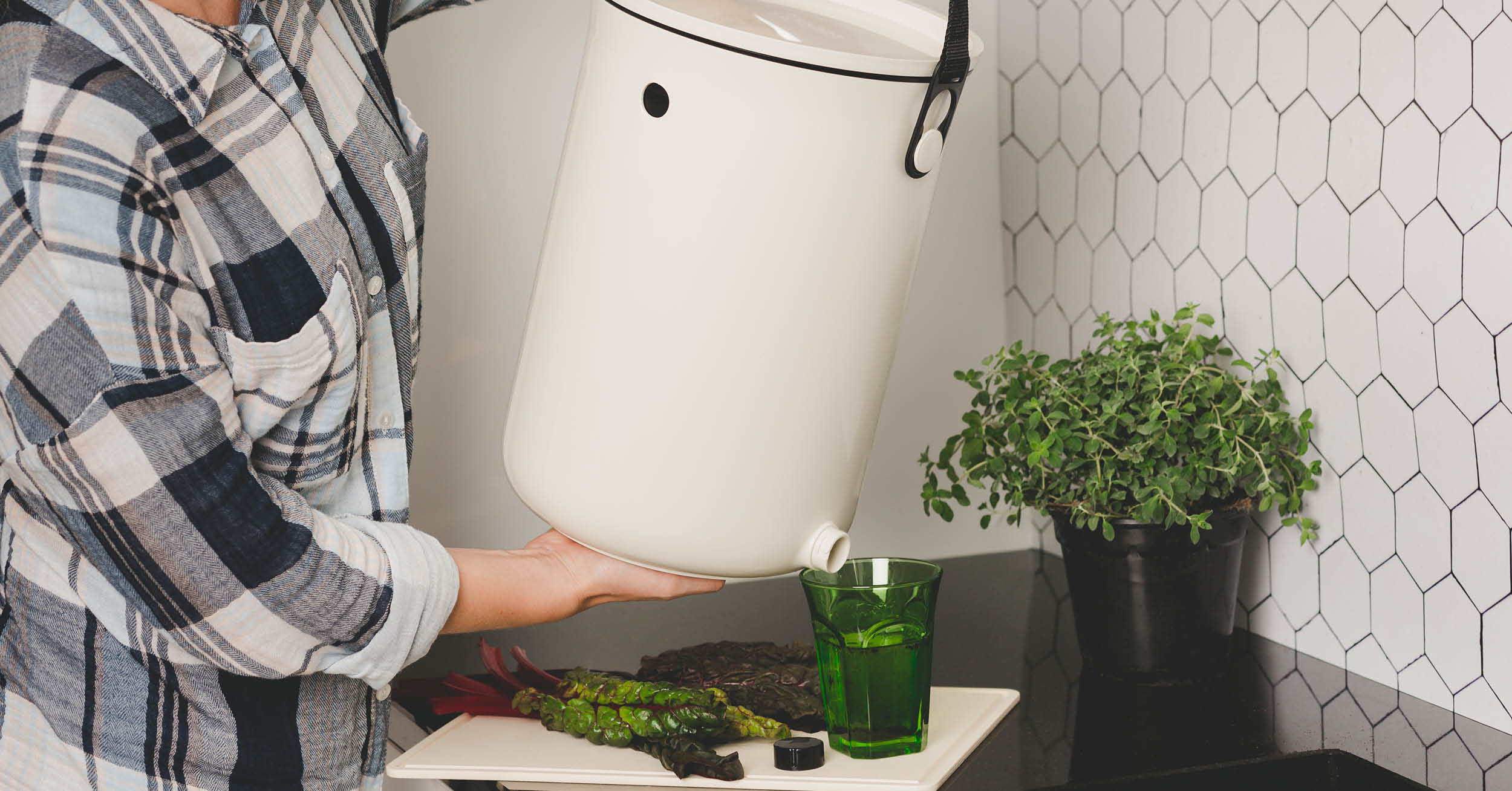
Using bokashi liquid as a homemade weed killer - Step 3
With your bokashi liquid collected, you are ready to eliminate your weeds. The simplest and most common way is to pour the homemade weed killer directly on top of the weed. However, in case there are other plants entangled with your weed or very close to it, you need to be more cautious. By simply pouring the liquid, you will likely kill other plants. That way, bokashi juice will also soak into the soil and tackle the roots.
So, if you are dealing with the above circumstances, you’ll need to take a more targeted approach. As such, we recommend using a spray bottle and applying the undiluted bokashi liquid to the foliage of the weed leaves only.
With that said, whether you can pour the liquid or should you use the spray bottle will be up to your judgment. Moreover, either way, you’ll probably need to repeat the application of the weed killer two or three days in a row to get the best results.
Another important thing to consider when using the ultimate homemade weed killer is rain. Since bokashi juice turns into fertilizer when diluted, you don’t want to use it on weeds just before or just after the rain. It is best if the soil is relatively dry and the weather forecast does not predict precipitation the next day or two.
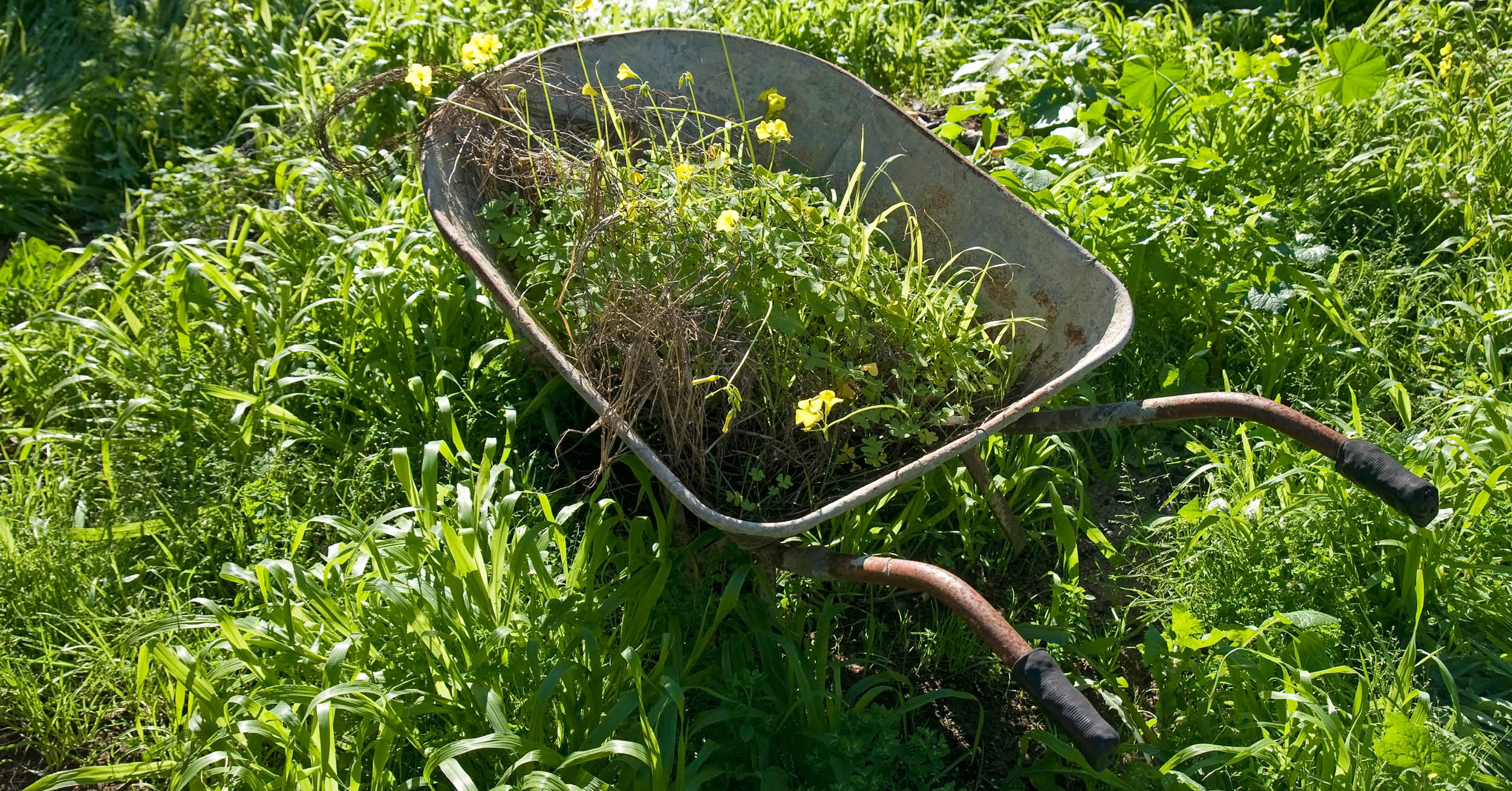
Parting Thoughts
We hope you’ve learned something new and that you will use this organic homemade weed killer from now on. Also, please keep in mind that synthetic weed killers, like Roundup can have devastating effects on your health and your plants and soil. As such, you have another strong reason to use bokashi composting to manage your organic waste properly. Moreover, to avoid any unnecessary complications, we encourage you to get familiar with the #bokashiloop and enroll in the Bokashi academy.

